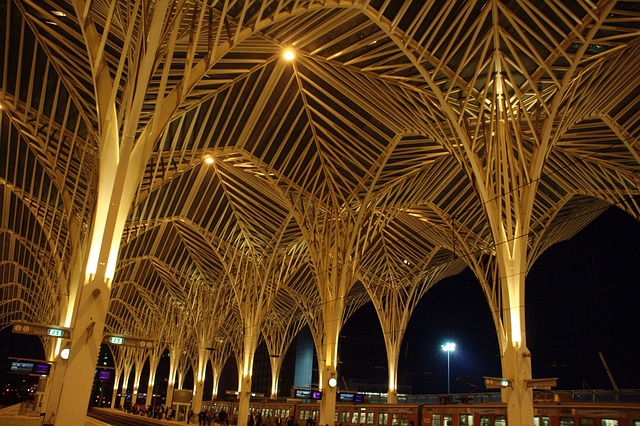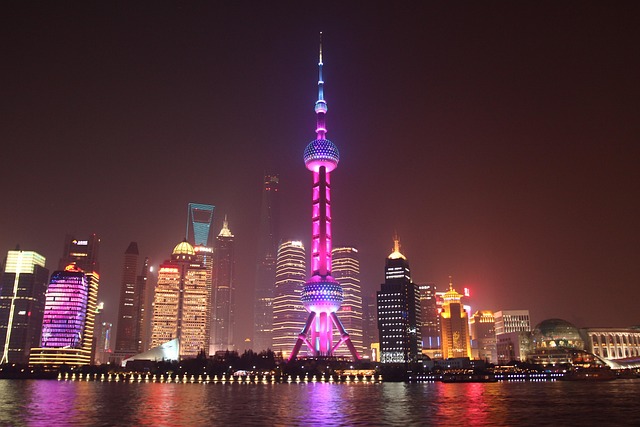Transit nodes, like train stations and bus hubs, act as economic engines that connect communities and drive local growth. Their development boosts real estate markets by attracting businesses and residents due to increased footfall, accessibility, and visibility. This results in diverse job opportunities, higher property values, and enhanced investment prospects, transforming urban landscapes with vibrant communities economically resilient due to reduced commuting times. Strategic Transit-Oriented Development (TOD) has proven successful worldwide, with case studies from Singapore and Berlin showing mixed-use developments integrated with efficient public transport driving real estate value increases, fostering business communities, and enhancing quality of life for residents.
Transit nodes act as economic catalysts, significantly impacting surrounding areas. This article explores strategies to boost local economies through transit-oriented development (TOD). We delve into the role of real estate in fostering growth by creating mixed-use spaces, promoting walkability and bike-friendliness, and enhancing property values. Additionally, we discuss community engagement and policy initiatives, including affordable housing, job training, and collaboration between stakeholders to unlock the full economic potential of transit nodes.
The Role of Transit Nodes in Local Economies

Transit nodes, often bustling hubs of public transportation, play a pivotal role in shaping local economies. These areas serve as gateways that connect communities to one another and to broader economic opportunities. The presence or development of transit nodes can significantly impact the surrounding real estate market, attracting businesses and residents alike.
They act as catalysts for urban renewal, stimulating economic growth through increased foot traffic and improved accessibility. Businesses often thrive near these nodes due to enhanced visibility and easier customer reach. This, in turn, fosters a vibrant local economy with diverse job opportunities, leading to higher property values and a desirable location for real estate investments.
– Understanding the impact of transit nodes on surrounding areas

Transit nodes, such as train stations or bus hubs, act as vital centers that significantly influence the economic landscape of nearby areas. The presence of these nodes can spark a chain reaction, boosting local economies and transforming real estate markets. Businesses often thrive in transit-oriented developments, benefiting from increased foot traffic and accessibility for customers. This focus on walkability and public transport accessibility enhances the desirability of nearby residential properties, driving up property values and attracting investors.
The ripple effect extends to various sectors, including retail, hospitality, and entertainment. Restaurants, cafes, and shops can capitalize on the higher consumer flow, fostering a vibrant atmosphere that attracts both locals and tourists. Additionally, transit nodes facilitate easier access to employment opportunities, encouraging people to live closer, reducing commuting times, and further strengthening the local community’s economic resilience.
– Case studies: Successful examples of economic growth through transit-oriented development

In many cities around the world, case studies prove that strategically developing areas around transit nodes can significantly boost local economies. For instance, Singapore’s successful transformation of its Mass Rapid Transit (MRT) stations into vibrant hubs has led to a surge in real estate values and the establishment of diverse business communities. Similarly, the development around Berlin’s U-Bahn stations has fostered a thriving startup ecosystem, attracting investors and talents with its accessible transportation and dynamic urban environment. These examples demonstrate that integrating mixed-use developments with efficient public transport can create economic opportunities, reduce commuting times, and enhance the overall quality of life for residents.
Transit-oriented development (TOD) strategies have proven effective in revitalizing neighborhoods and driving economic growth. By focusing on high-density residential areas, commercial spaces, and recreational facilities within walking distance of transit hubs, cities can create self-sustaining communities that reduce reliance on private vehicles. This not only cuts down traffic congestion but also stimulates local businesses and attracts tourists, contributing to a thriving economy centered around these transit nodes.






